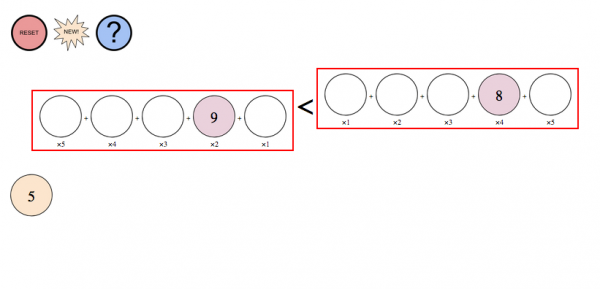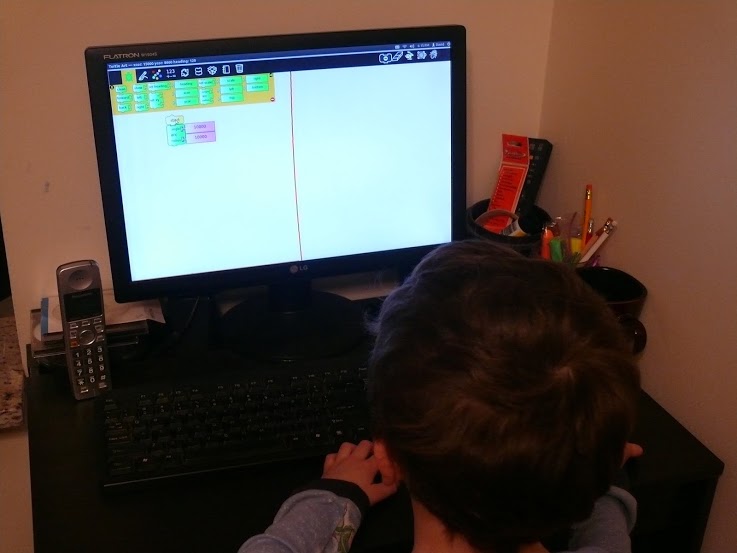When my wife and I moved our family to NYC from Vancouver, we knew that we would have to get used to many changes, we just did not know how large some of those those changes would be.
We started our planning in January because we knew that finding an affordable place to live and a school for our son was going to be challenging. We created a map to overlay the information about schools we were gathering with information about rental prices. Very quickly we noticed a few trends.
Rental prices in New York appear to be at least partially influenced by whether or not the local zoned school is considered good by the community. We found ourselves, over and over again, finding a school that appeared from the outside to be good, only to find that the cost of rent in the community surrounding the school was out of our price range.
We also noticed something else disturbing when we started searching for schools. Every school review website we looked at included the same type of statistics at the top of their review; what percentage of kids were eligible for the school lunch, what the average number kids being successful on the state math and reading tests, and what the racial distribution of the school was.
We found the sharing of these statistics to be kind of bizarre in a city whose education system claims to support reducing inequity in education. If you wanted to greatly increase racial segregation in schools, I think of no better way than to loudly announce which schools "those black and latino kids go to." If you wanted to create the misconception that schooling is primarily about getting high test scores, a great way to start would be to highlight those test scores as much as possible for each school.
We even looked into some private schools but either found them to be completely unaffordable or making dubious claims. One Montessori school my wife visited told her over the phone that "they stop using the Montessori materials after kindergarten." When she visited the school, she found their classrooms were filled with wall to wall workbooks and the desks were carefully arranged in rows. We were reminded of the saying "Buyer beware!"
We were also really surprised by the lack of options for alternative types of elementary schools in the NYC public system. For a system that advertises itself as a "school system of choice" we were shocked to find out that there were no Montessori, no Waldorf, no International Baccalaureate, no Reggio Emilio, and no Democratic schools in the public system, notably all of which exist as public schools in British Columbia (there is one Montessori charter school in the Bronx that opened recently). There is not even, as far as we know, a way to search for NYC public schools by educational philosophy. We did find a few progressive schools but they were either open by lottery or located in some of the most expensive areas of NYC. Choice in NYC, it seems, is limited to the rich.
We eventually settled on our local community public school, because they advertise that they are exempt from the mandated city-wide curriculum because of good performance, they have a strong arts and music program, and it is conveniently located two blocks away from a house owned by my wife’s family.
We moved to NYC at the end of June, rented a suite in the family owned house, and spent the summer anxiously waiting to see if we had made the right decision.
About a week before school began, my wife went down to the school to register our son for school. Actually, she went down three times, each time being told that school registration wasn’t open yet, and that she should come back tomorrow. On the third day, she finally found someone to help her fill out the paperwork required to register my son, which included a report card from my son’s previous school that would end up never being forwarded to his teacher, despite assurances to the contrary.
The first day of school was a bit disorienting for us. The sidewalks outside the school were jam packed with kids and their parents, and there were various adults trying to shepherd the crowd around and keep them off the street. There was no inspiring first day of school speeches, no friendly faces welcoming our son into the school, just loud voices telling us to "stay off the street and to leave as soon as our child is safely inside the school." We waited until our son was safely inside the school, and then we left, slightly bewildered by the experience.
"This is the no fun school," my son told my wife a week later, "I don’t like it." He told us he had done nothing but worksheets by the end of the first week of school.
I took the morning off from work, and my wife and I went together to the school’s Meet the Teacher event. Before we met with my son’s teacher, the Principal of his School talked about the school year. "We don’t have any classroom aides this year, unfortunately," she started, "We had to let them go because we couldn’t afford them anymore." During her speech, the challenges with the school budget came up a couple of times, and the need to prepare students for the 3rd grade tests came up three times. It is probably worth noting that the group of parents she was talking to all have children in the school in 2nd grade. After our time spent with our son’s classroom teacher, we both left with a lot more questions about the school.
There is no morning recess. There is a lunch recess but the kids were not allowed outside for the first two weeks of the year because there were no aides available to supervise them. The kids aren’t allowed to run outside during lunch recess because the courtyard is too crowded. My son only has gym once a week (and apparently some children do not get gym at all) during which all he has done so far is walk around the gym. The dance teacher was sick for the first two weeks of school but fortunately they were in this past week. He only has science and social studies for two short periods each a week; the rest of his time is spend on reading, writing, and arithmetic.
My son has homework for the first time, lots of it. He is supposed to read for at least 15 minutes a day, which is never a problem for him, and write down 5 sentences based on some spelling words he needs to know, and do a math worksheet. He typically finishes the math worksheet in a minute, but he has been struggling with the writing, which is easily ten times as much writing per day than what he was expected to do last year.
We met with the teacher recently to voice some of our concerns. I won’t share exactly what was said in this meeting, except to say that my wife and I both left feeling like my son’s teacher is a caring and thoughtful person who is deeply committed to her students, and feels greatly constrained by the mandates she is given by her school district.
A couple of years ago, a friend of mine told me that my concern about what type of school I wanted my son to attend was overblown. He told me, "The most important factor in determining how well your kids do well in school is if you have books on your shelves at home. Do you have books? Well, then your kids will do fine no matter what school they go to."
While I understand my friend’s argument, I think he and I have different goals for our children’s schools. I’m not so concerned that my son does well at school, which is largely a function of how well he does compared to other children (and I’m not really interested in that kind of comparison), I’m concerned that he will learn messages about what it means to learn and to be human that are very different than what I believe. What messages about the value of learning will he learn in a school that keeps talking about the tests the kids will have to take? Is my son learning to be an autonomous learner? What about the value of living a healthy and balanced life?
A couple of days ago my son told my wife, "It’s okay mommy. I’m getting used to this kind of school."
I know son, and that is what scares me.
Update: The server this blog is on had its hard drive crash recently, which means that 12 comments on this post have vanished forever. I’m sorry about that. Thank you for everyone’s support!


